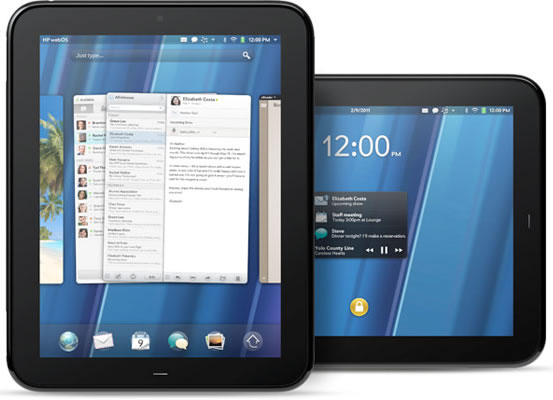Wacom Interactive Pen Display / Cintiq 17"
Product Details
The DTF-720 combines a high quality LCD display with Wacom's patented, cordless, battery-free pen technology. This 17" interactive pen display is an excellent option for applications that can realize the benefits of working with pen on screen.
With a 13.3" x 10.65" display area (141 square inches) and an SXGA resolution of 1280 x 1024, the DTF-720 provides a quality display experience, while at the same time catering to applications that don't require the superior resolution, display quality, and advanced features of the DTZ-2100. The incline of the display can be easily adjusted between 17 degrees and 73 degrees. This easy adjustability, combined with the integrated grip areas, the built-in top-loading pen holder, and a completely flat bezel make the DTF-720 extremely comfortable to use.
The DTF-720 has a built-in VGA pass-thru connector that makes it easy to setup for interactive presentations or take with you when presenting. Annotating on screen with pen control is a naturally powerful way to communicate. Two USB ports built into the display provide easy access to your favorite USB devices.
Product Specifications
Tablet Dimensions: 15.75" W x 14.25" H x 5" D
Active Area: 13.3" W x 10.65" H
Screen Size: 17" diagonal
Native Resolution: SXGA (1280 x 1024)
Weight: 13.2 lbs with stand
Pressure Levels: 512
Stand Adjustability: 17° to 73° incline


 Spelling.
Spelling. 



 The Spell Check tool does not catch all errors. Be sure to read through your text carefully to find any typographical errors.
The Spell Check tool does not catch all errors. Be sure to read through your text carefully to find any typographical errors.











